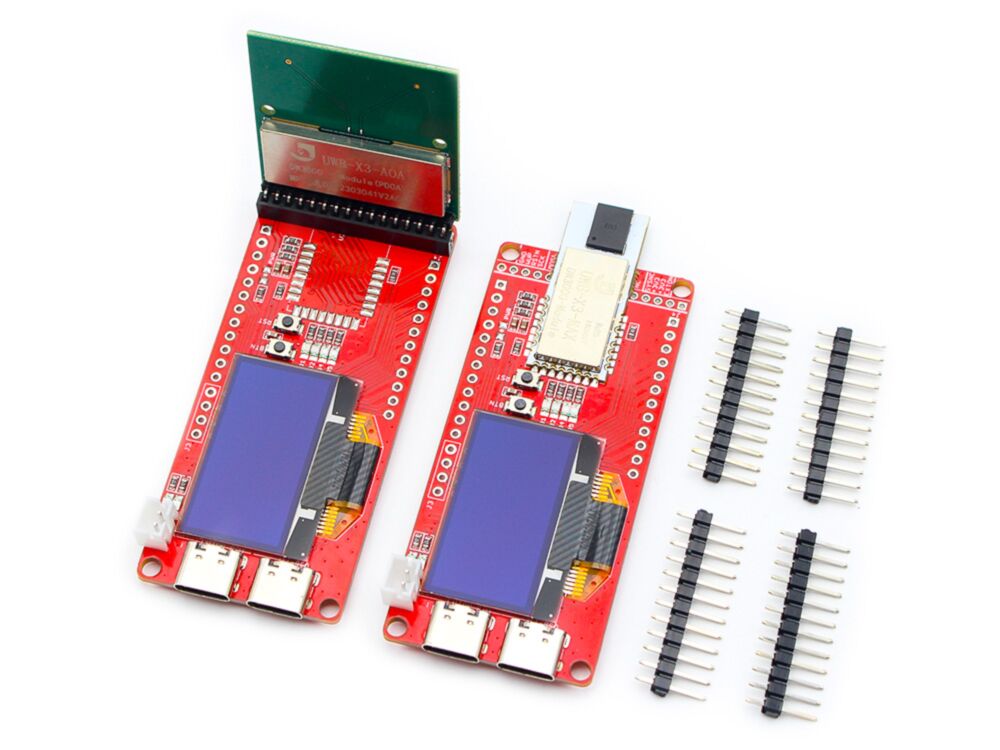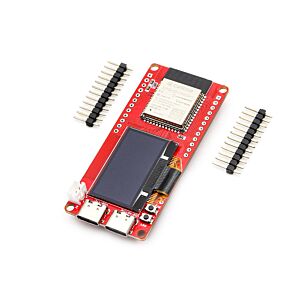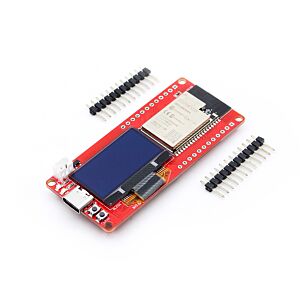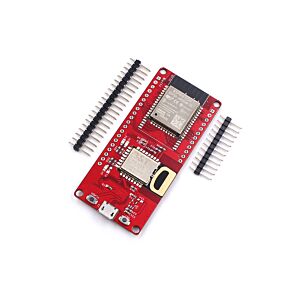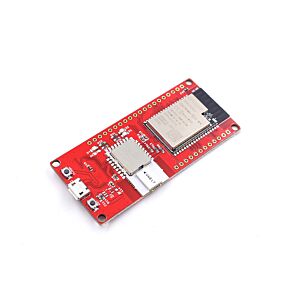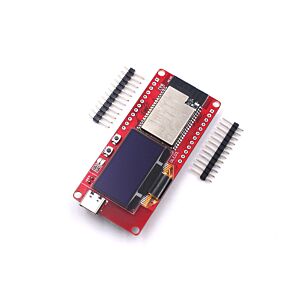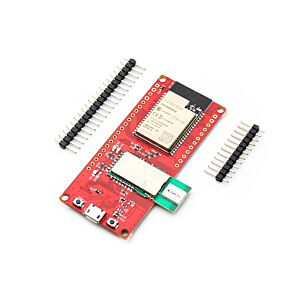MaUWB_STM32 AOA Development Kit
Angle-of-Arrival (AOA) is a method of estimating the direction/location of an object. AOA requires a tag and a locator. The tag transmits signals to the locator, which has multiple antennas. It is based on tech called PDOA(Phase difference of arrival), you can convert this difference in phase into a difference in time by dividing it by the carrier frequency, then into a difference in distance. wireless signals travel at the speed of light, so the conversion is, distance = time x the speed of light. We can now use the geometry we learned in 10th grade, the distance between the anchor’s two antennas, and the TDOA in meters, to calculate the angle at which the tag’s signal arrived at the receiver. The derived angle is called Angle of Arrival (AOA).
In AOA, the system output 2 core spec for positioning:
- Tag distance: By ToF(Time of flight)
- Tag angle: By PDOA, with the follow method:
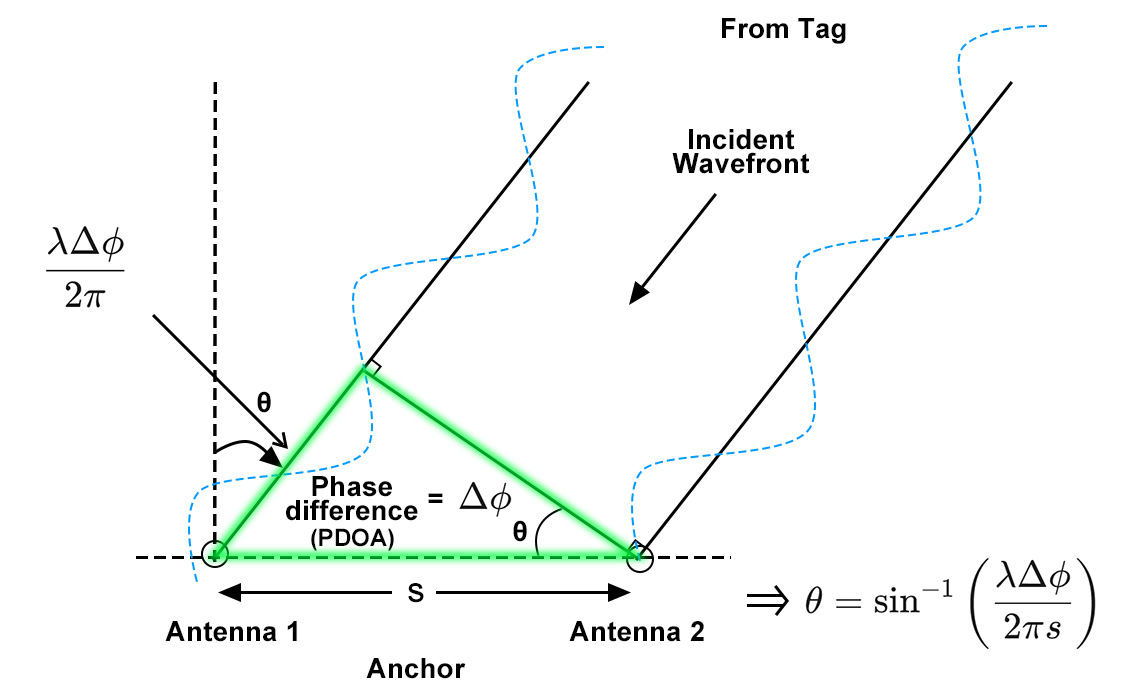
You can more detailed learn the UWB AOA at:
https://www.youtube.com/watch?v=5k938MZiHXY
Compares to Bluetooth AoA and UWB AOA, UWB has unparalleled precision and accuracy in indoor positioning. UWB operates at very high frequencies, typically ranging from 3.1 to 10.6 GHz, which allows for a precise measurement of the time it takes for signals to travel between devices. This precision enables UWB systems to achieve centimeter-level accuracy in determining the location of objects or assets within a confined space. Besides, compares to Bluetooth, the UWB AOA has advantages:
- Robustness especially in Challenging Environments
- Scalability and Multi-User Environments
- Power Efficiency
- Enhanced Security
Makerfabs STM32 AOA MaUWB development kit is composed of :
- MaUWB AOA Anchor : based on STM32F103 and DW3000 UWB AOA anchor chipset, this module calculate the tag distance/angle and report (to other controller such as PC)
- MaUWB AOA tag, act as tag, which is normally installed on mobile devices/human.
- STM32 Firmware : both anchor/tag based are based on STM32(F103C8T6). All Firmware source code open source;
- Usage Demo(With QT), for users quick checking of the UWB AOA features/results, and also for users further modification/learning.
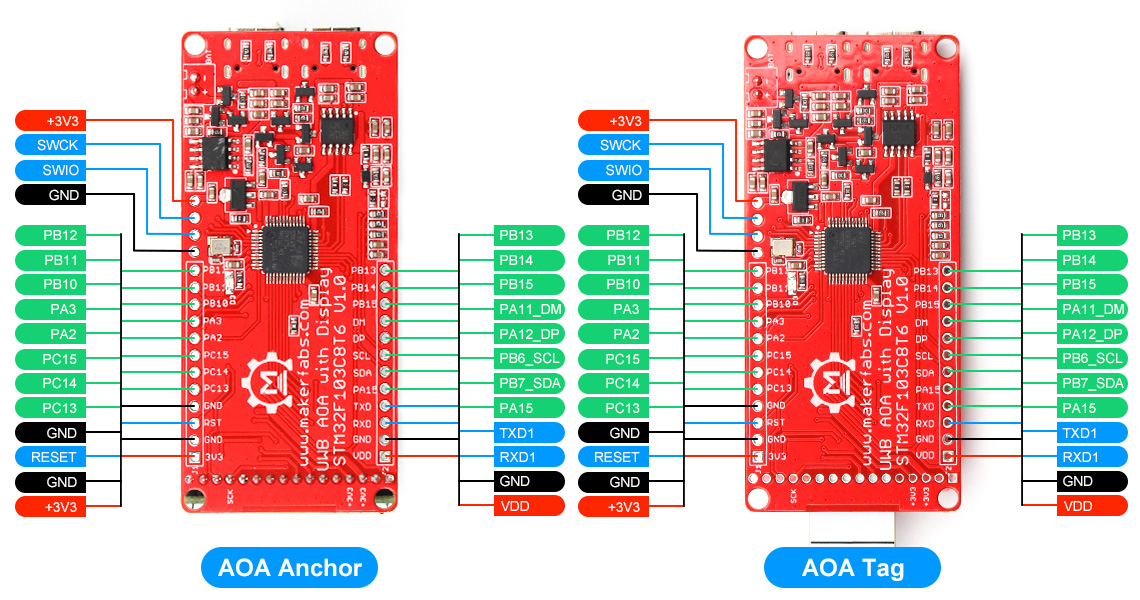
With this UWB AOA kit, you can :
- Get how UWB AOA works, test UWB AOA tech range/accuracy so to consider if UWB AOA meets your project usage ;
- Learn how to implement UWB AOA tech in your project, include hardware/firmware;
- Directly use this hardware/firmware in your project to quickly create projects such as auto-follow vehicle.
Useful Links:
All hardware/firmware/software files available in Github.



